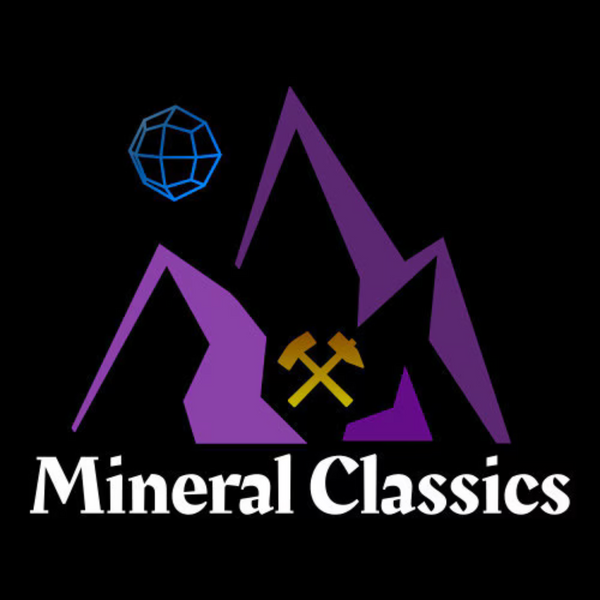Mineral Classics
Opal (var: Opal-AN) / (var: Hyalite Opal) (“Blood Vessel Opal”)
Opal (var: Opal-AN) / (var: Hyalite Opal) (“Blood Vessel Opal”)
Couldn't load pickup availability
Gemmy, spherical groups of glassy soft yellow-orange Hyalite Opal free of matrix. The gentle color is caused by minor amounts of iron oxide. It’s nearly water-clear in areas, but because of a bit of surface damage, the price has been reduced. As you can see in one of the close-up photos, there’s an area that resembles “pulled taffy”, with the swirling, parallel lines that give it a non-mineral appearance.
At the beginning of 2016, a friend of ours started working a claim with a few of the locals in the state of San Luis Potosi for this fine quality Hyalite Opal. It's very exciting to see specimens of this calibre coming out of the ground, as most of the Opal from this area is not nearly as attractive or fine quality as the pieces in this lot. I apologize for not having a more specific locality, but our friend doesn't want to divulge the information yet as he is trying to keep it under wraps until he feels that he was able to collect everything.
Our friend dubbed some of the colored material “blood vessel” Opal due to the interesting red/orange “capillary”-esque lines that can be seen in many of the specimens. Essentially, the Opals themselves are colorless, but minute inclusions of what I’m assuming is iron oxide have created not only beautiful internal color, but the thin “blood vessel” patterns.
Like most Hyalite specimens, these new pieces from Mexico show a brilliant glowing green fluorescence under SW UV light.
Finally, for years this material was referred to as "Hyalite" Opal, but is now listed as a variety of Opal called Opal-AN. It is now defined specifically as an amorphous (often colorless) form of Opal that is found in spherical aggregates, which are often intergrown or stacked with a "bead"-like appearance. For reference, mindat.org states that: "The "A" in the name stands for amorphous; the subscript "N" is to imply its structure is network-like, similar to silica glass; however, it still contains about 3-8% water".
** PLEASE NOTE: We use professional grade UV lights to photograph all of our pieces, which are pure UV and more powerful than virtually any UV lights that can be purchased at retail stores. Lights purchased outside of scientific suppliers often have mixed wave bulbs with a much lower wattage, and not all minerals (including Opal) fluoresce under different UV waves. For example, these particular Hyalite Opals show strong green fluorescence under short wave UV but almost no fluorescence under long wave. Therefore, they do not fluoresce well under mixed wave lights.
Specimen # HYALMEX41615
Share
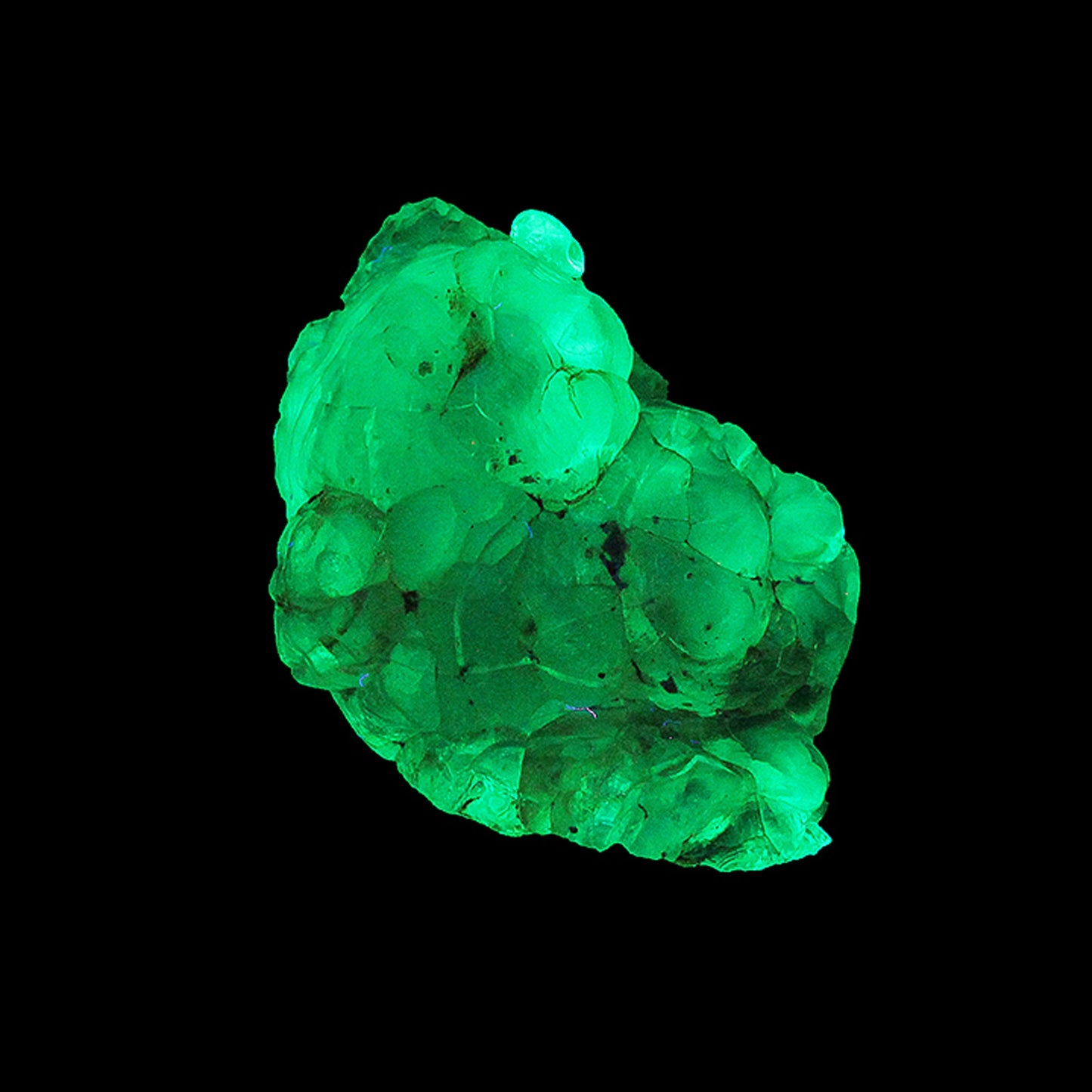
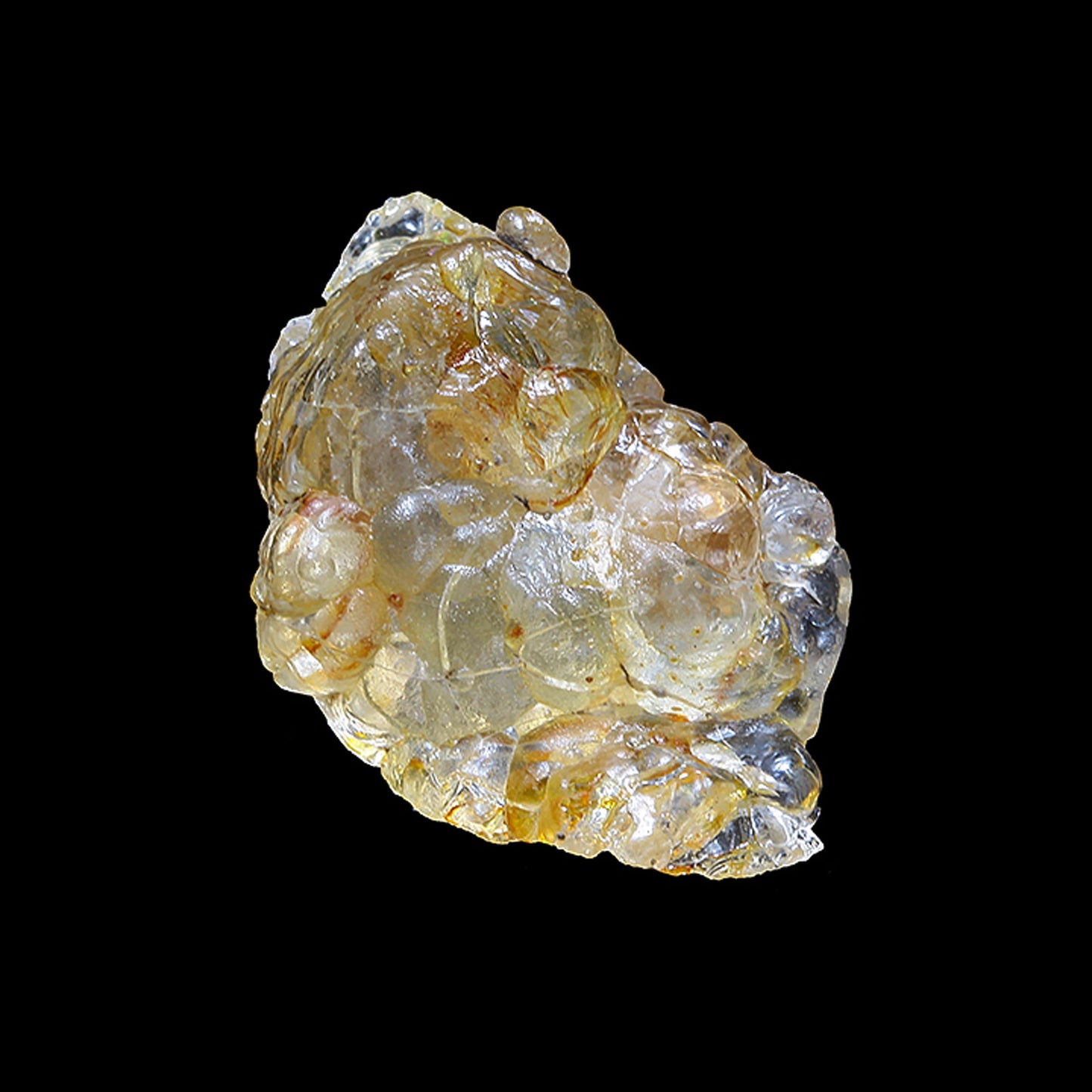
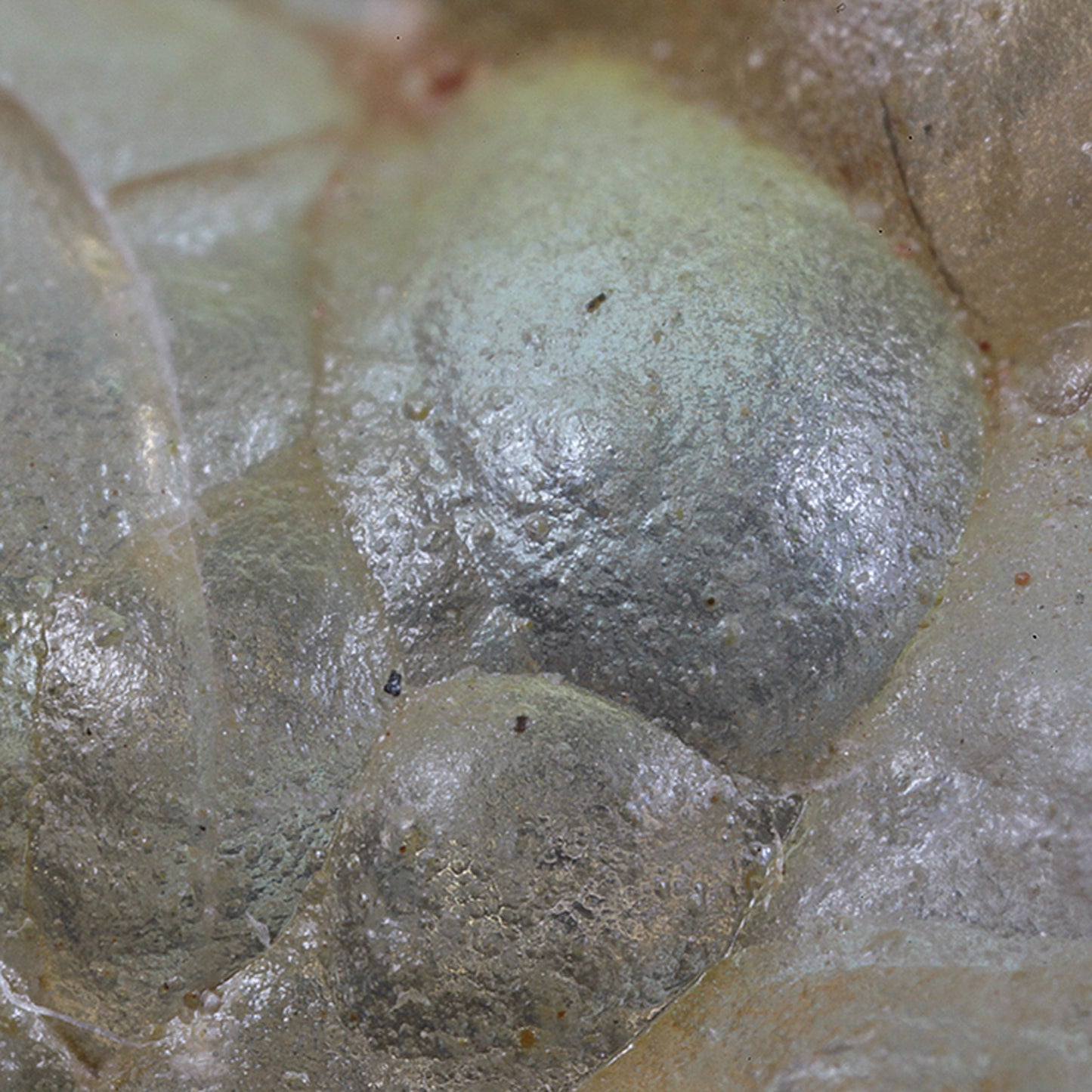
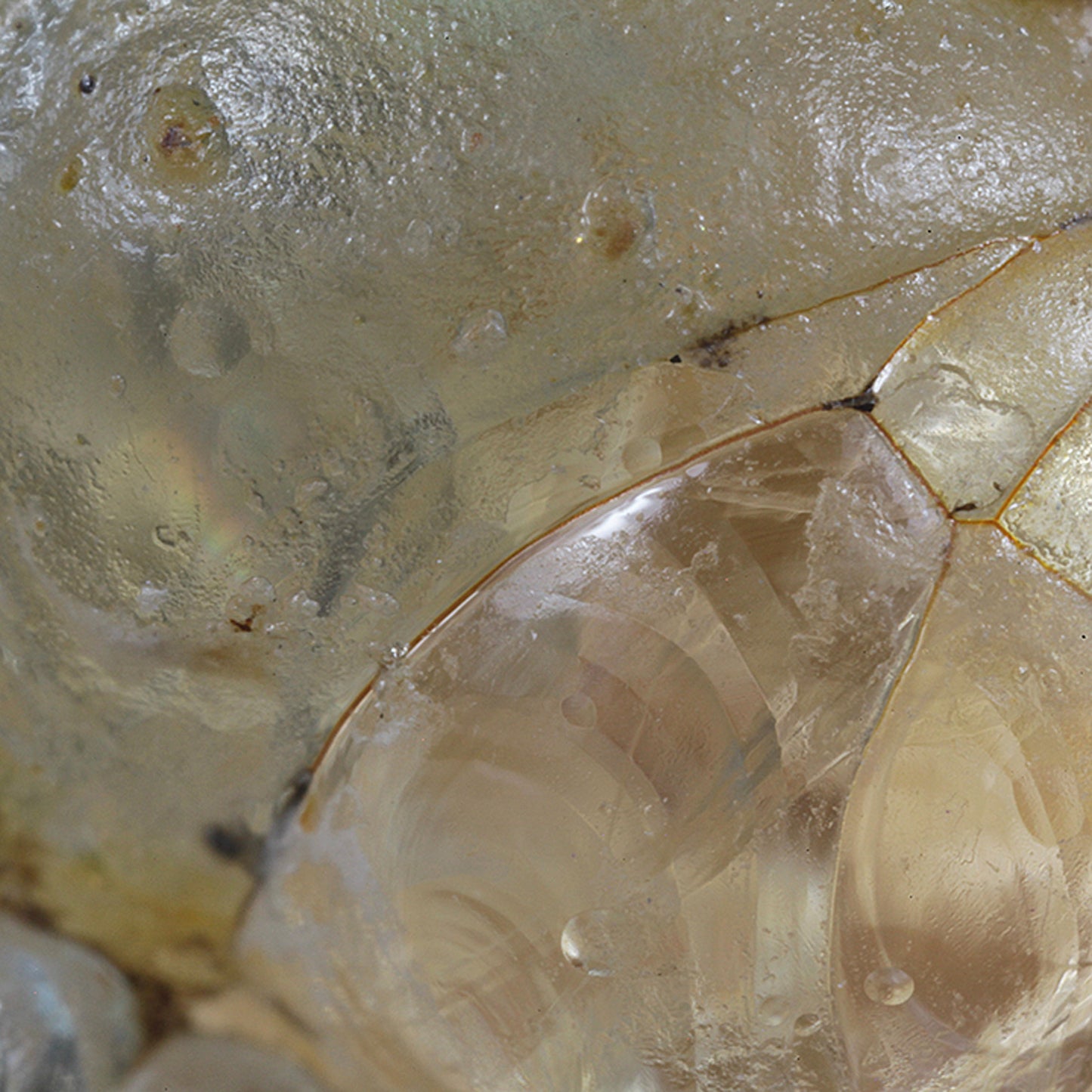
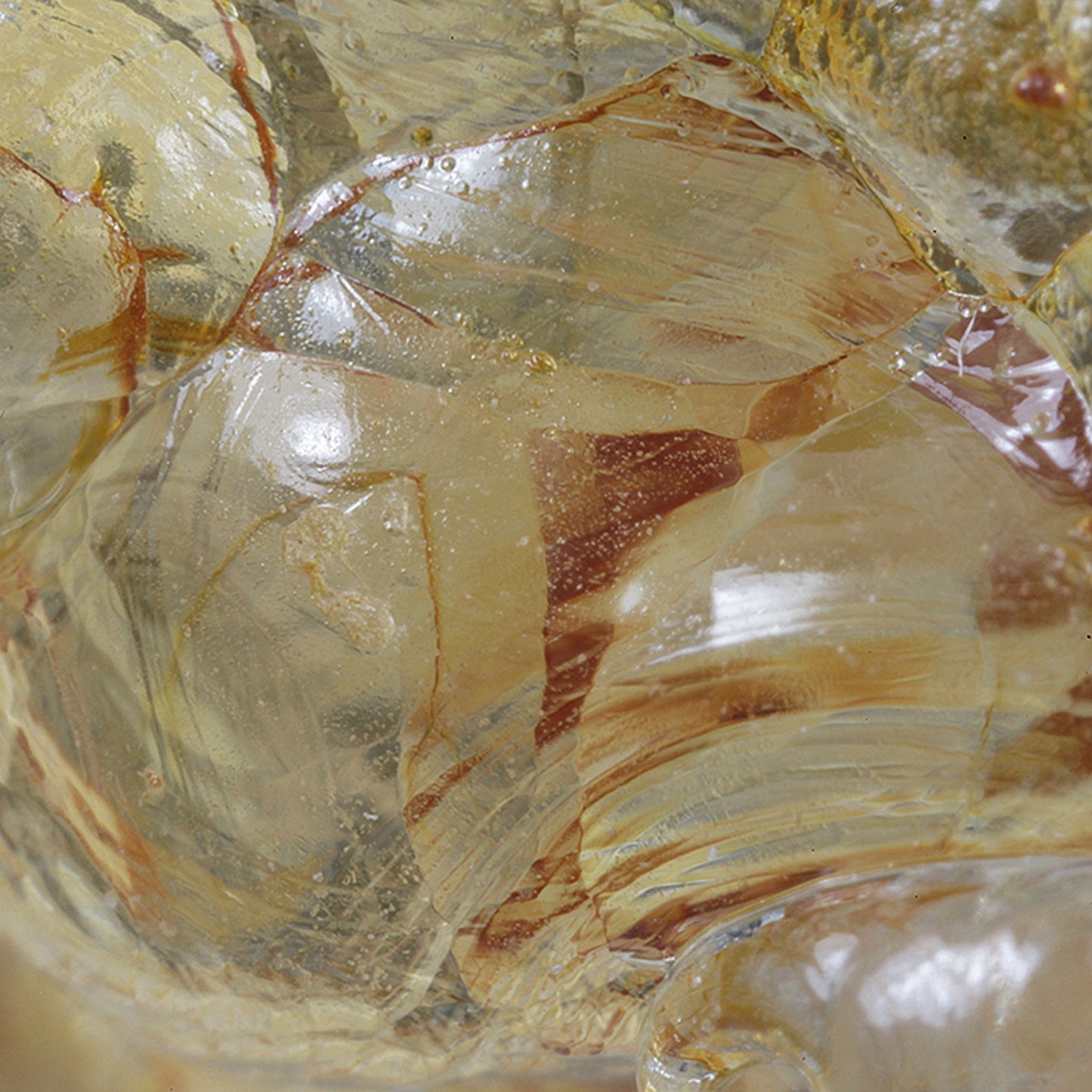
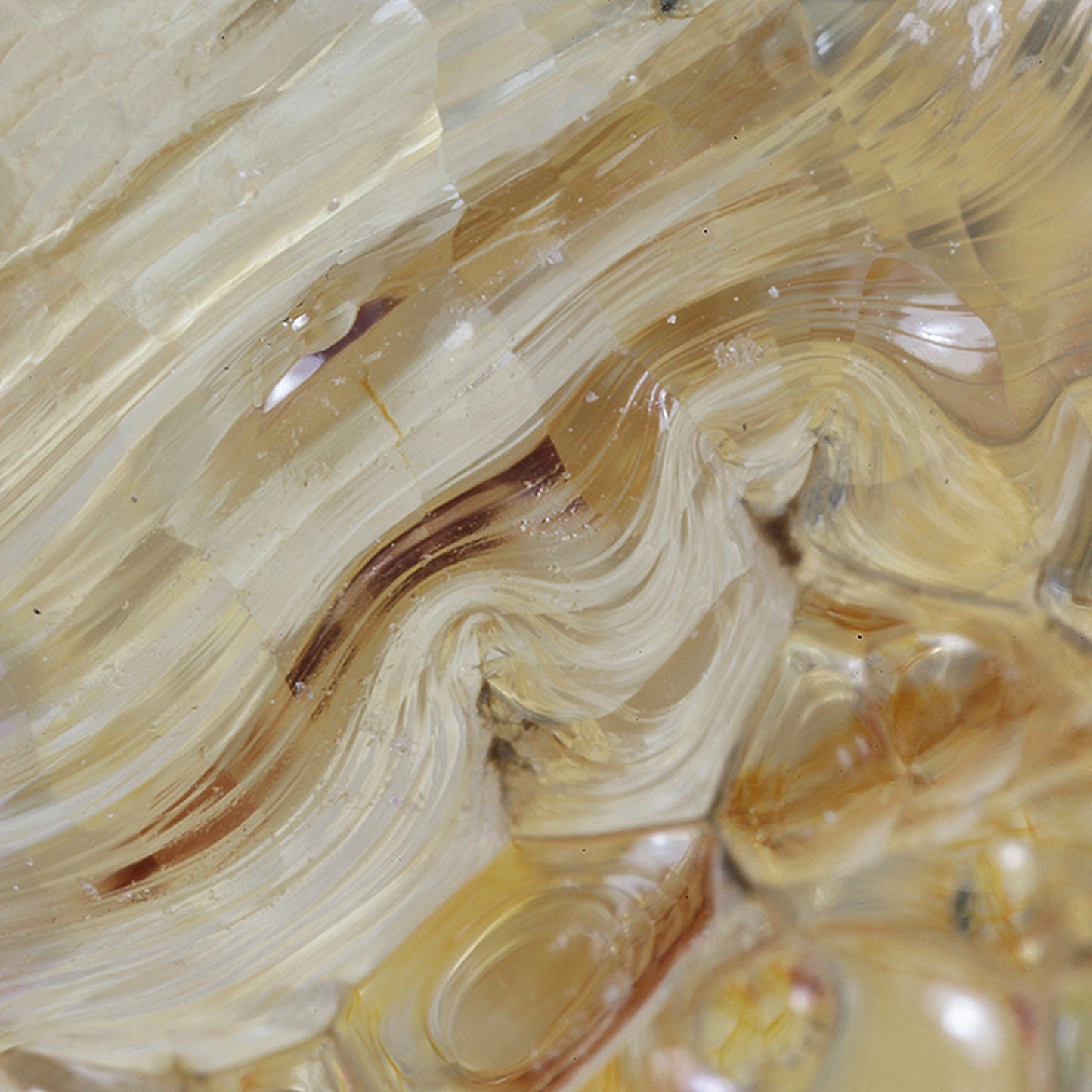
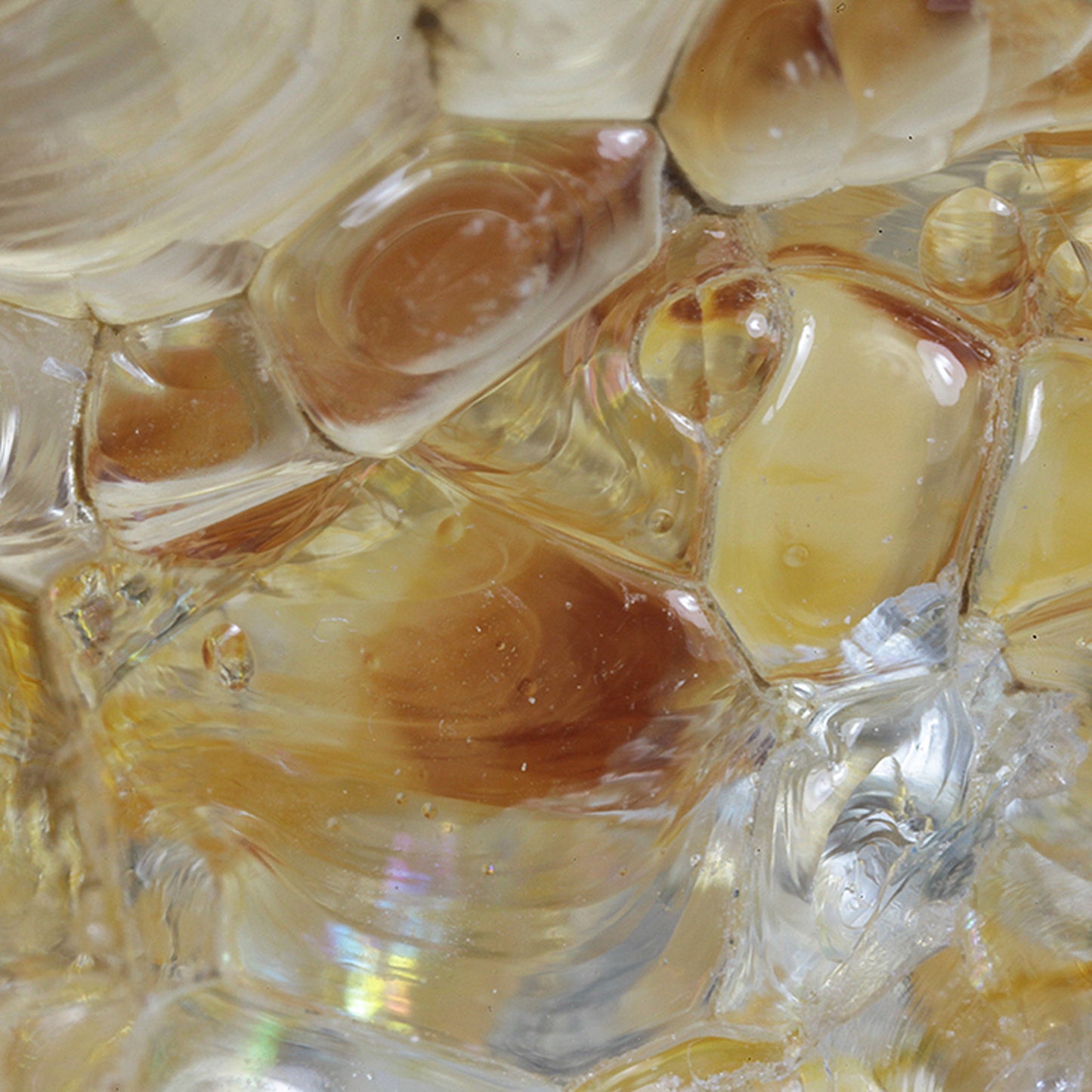
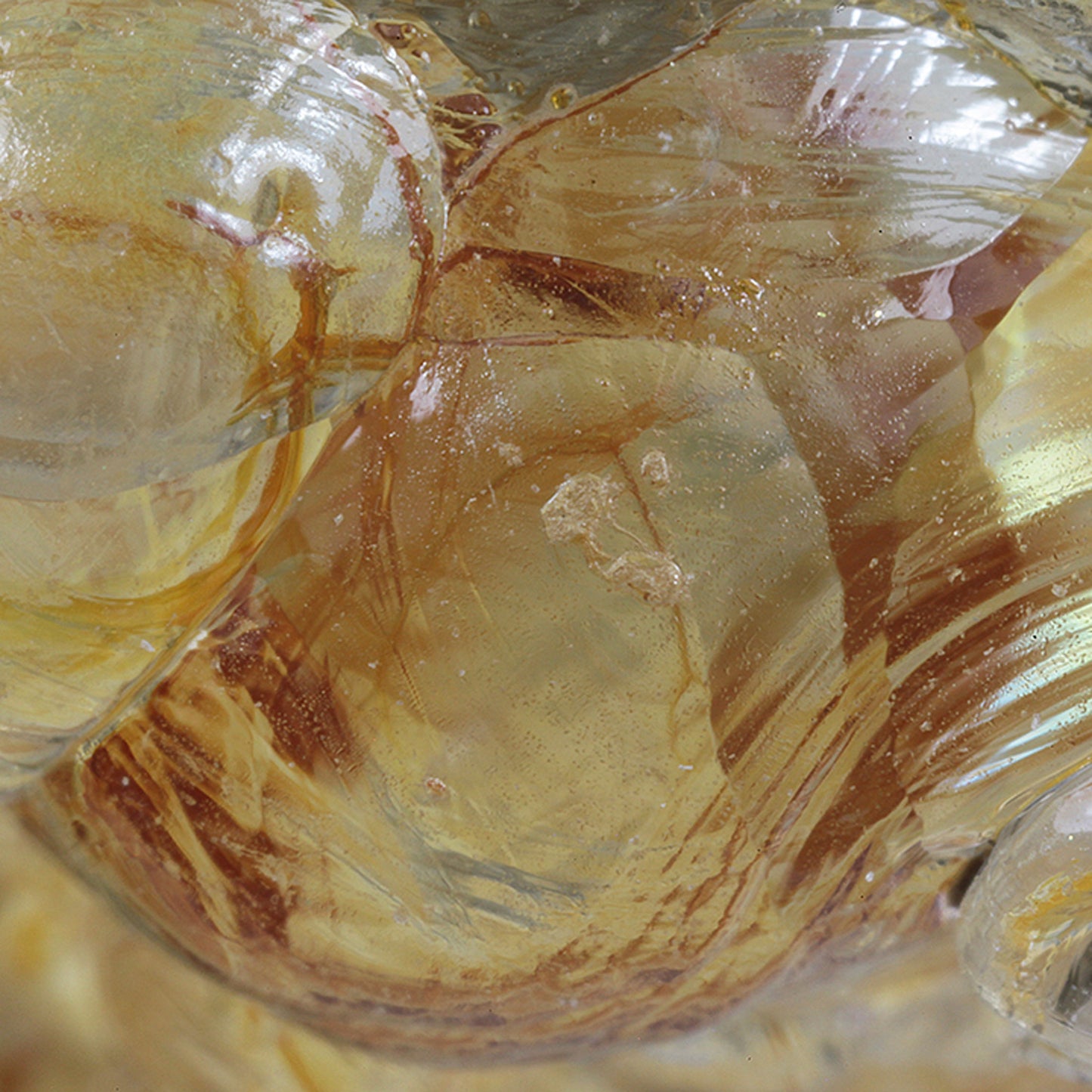
Locality: San Luis Potosi, Mexico
Dimensions: 2.7 x 1.7 x 1.5 cm
Largest Crystal:
Size Category: thumbnail
Fluorescence: Bright green under SW UV
